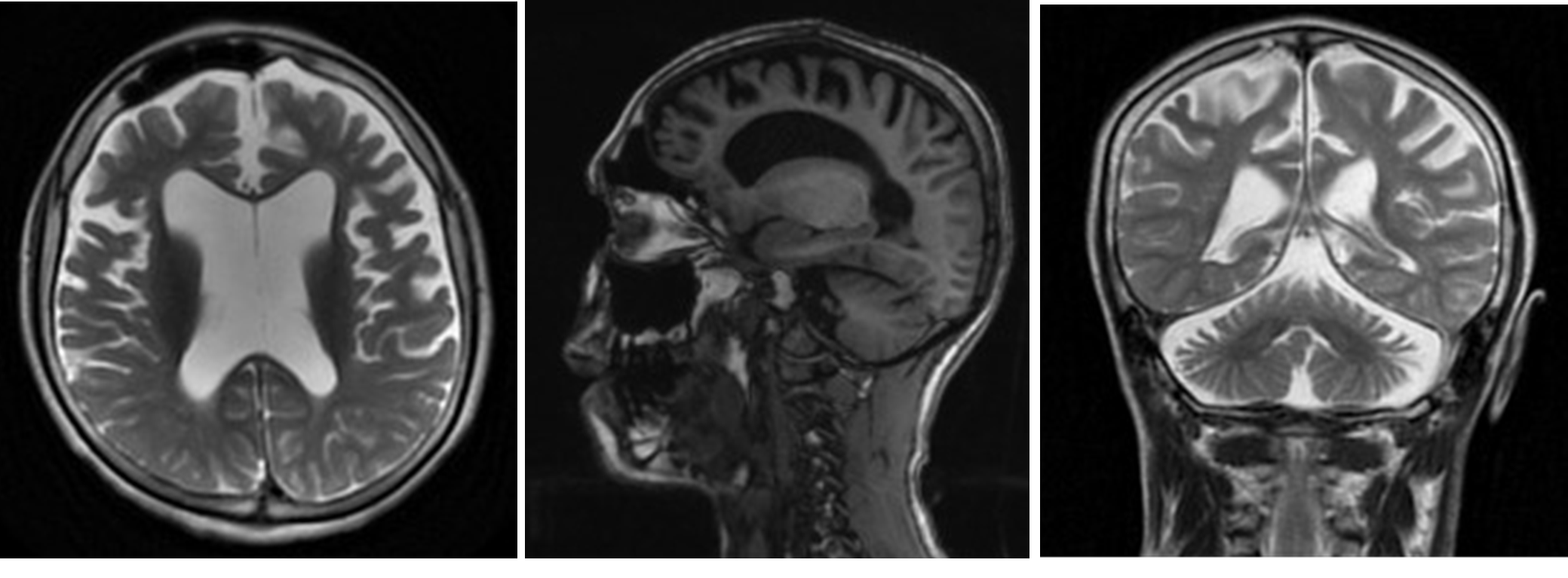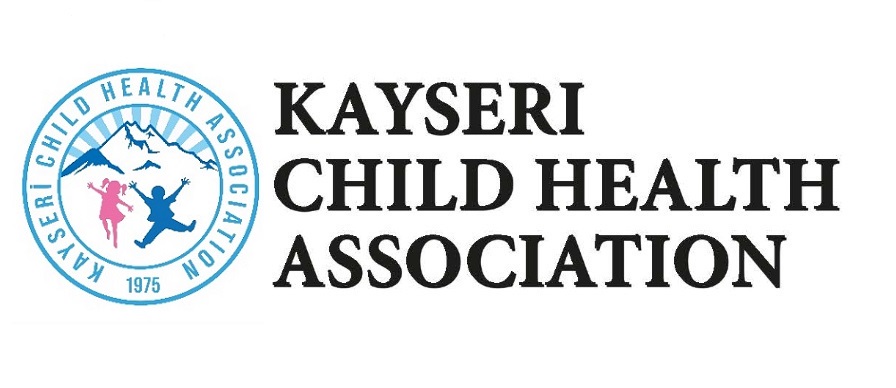Late Diagnosed Argininemia
Abstract
Ammonia; It is a toxic molecule for the central nervous system resulting from the catabolism of proteins. Its excretion is provided with the urea cycle. Argininemia is a rare subtype of urea cycle disorders. Arginase enzyme catalyzes the last stage of the urea cycle, arginine; urea and ornithine are broken down. The decrease in arginase 1 (ARG1) enzyme activity is responsible for argininemia. The most common presenting symptoms of patients diagnosed with argininemia are progressive spastic diplegia, regression in developmental stages, choreoathetosis, hepatomegaly and seizures. The diagnosis of the disease can be made by detecting the elevation of arginine in body fluids together with the increase in serum ammonia. Neurological findings of these patients can be confused with cerebral palsy. In this case report, we wanted to present a patient with argininemia who was followed up with a diagnosis of cerebral palsy for a long time. Early diagnosis, restricted protein and arginine diet are life-saving in this disease. Argininemia should be kept in mind in patients with unexplained neuromotor retardation.









